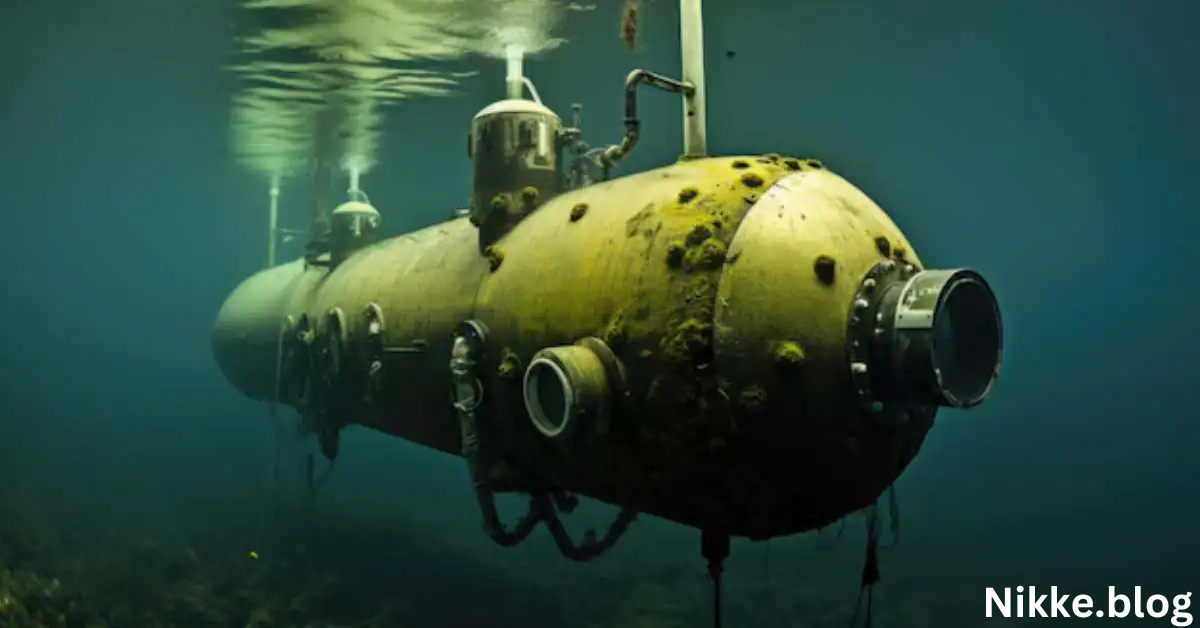A rising periscope is an optical device that enables users to observe their surroundings from a concealed or submerged position. Commonly associated with submarines and naval warfare, rising periscopes serve a crucial role in various fields, including photography and outdoor activities. This article will explore the historical background, mechanisms of action, applications, advantages, technological advancements, and challenges associated with rising periscopes.
Historical Background
The periscope has a rich history that dates back to the 19th century, with significant advancements occurring during World War I and World War II. Originally designed for military use, the periscope allowed soldiers to observe enemy movements without exposing themselves to danger. As technology evolved, the design of periscopes improved, leading to the development of rising periscopes that can be extended above water or other barriers for enhanced visibility.
Mechanism of Action
A. How a Rising Periscope Functions
A rising periscope typically consists of several key components: lenses, mirrors, and a tubular structure. Light enters the device through the top lens, reflects off the mirrors, and exits through a bottom lens, allowing the user to see objects above the water or barrier. The principle of reflection and refraction ensures that the view is clear and accurate.
B. Types of Rising Periscopes
There are various types of rising periscopes:
- Traditional vs. Modern Designs: Traditional periscopes use basic mirrors and lenses, while modern designs often incorporate advanced materials and technologies for improved functionality.
- Fixed vs. Adjustable Models: Fixed models are stationary and can only be used in a specific position, while adjustable models allow users to raise or lower the periscope, enhancing versatility.
A. Military Uses
Rising periscopes are essential tools in military operations, particularly for submarines. They allow personnel to survey the surface for enemy ships or aircraft while remaining submerged, significantly enhancing reconnaissance capabilities. The ability to observe without detection is crucial for strategic planning and execution.
B. Civilian Applications
In civilian life, rising periscopes find applications in various fields:
- Photography and Videography: Photographers can use rising periscopes to capture unique angles and perspectives, particularly in crowded or obstructed environments.
- Recreational Vehicles: Rising periscopes are also integrated into boats and RVs, providing occupants with a better view of their surroundings while maintaining privacy.
Advantages of Using a Rising Periscope
Rising periscopes offer several advantages:
- Enhanced Visibility from Concealed Positions: Users can see without exposing themselves, making it a valuable tool in both military and civilian scenarios.
- Safety Benefits: Rising periscopes allow for safer observation in dangerous environments, reducing the risk of detection.
- Versatility in Different Scenarios: The ability to use rising periscopes in various contexts, from military operations to recreational activities, showcases their adaptability.
Technological Advancements
The design and functionality of rising periscopes have advanced significantly in recent years:
- Innovations in Design: Modern rising periscopes often feature lighter materials, improved optics, and better waterproofing.
- Digital and Augmented Reality Periscopes: The integration of digital technologies allows for enhanced viewing experiences, including augmented reality overlays that provide additional information.
- Future Trends: As technology continues to evolve, we can expect further innovations that enhance the functionality and accessibility of rising periscopes.
Challenges and Limitations
Despite their many advantages, rising periscopes also face challenges:
- Physical Constraints: Size and weight can limit the portability and usability of some models, particularly in tight spaces.
- Technical Challenges: Optical distortion and weather effects can impact visibility and accuracy.
- Mitigation Strategies: Manufacturers are continually working to address these limitations through improved designs and materials.
Conclusion
Rising periscope play a vital role in both military and civilian applications, providing enhanced visibility and safety in various scenarios. As technology continues to advance, the future of rising periscopes looks promising, with innovations that will likely expand their uses. Whether for military reconnaissance or capturing stunning photographs, rising periscopes remain invaluable tools in our ever-evolving world.
FAQs
A. What is the difference between a rising periscope and a traditional periscope?
A rising periscope can be extended or retracted, allowing for greater flexibility in observation, while traditional periscopes are typically fixed in place.
B. Can rising periscopes be used for civilian purposes?
Yes, rising periscopes have various civilian applications, including photography and use in recreational vehicles.
C. How has technology changed periscope design in recent years?
Recent advancements include the use of lightweight materials, improved optics, and digital technologies that enhance functionality and user experience.
